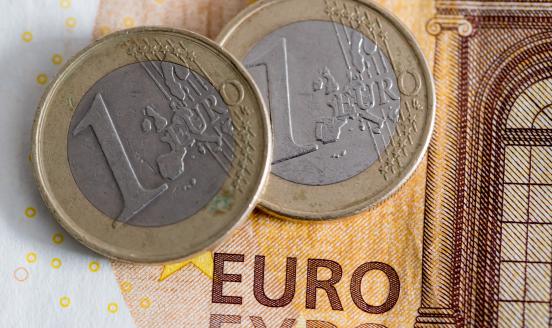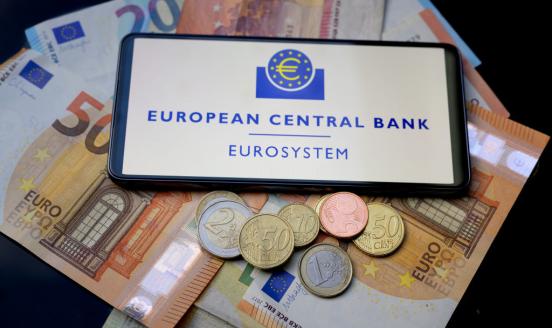From economic policy to economic statecraft
The increasing interest in geoeconomics reflects a shift from designing economic policy based only on economic principles and objectives, to economic statecraft policies that aim to promote foreign-policy objectives. In practice, this is a step back in both the optimal design of economic policies and in international economic cooperation.
A decline in global cooperation started with the economic emergence of China in the early 2000s. China has challenged global hegemony and put forward an alternative economic model, that of state capitalism. Since then, global cooperation has been further undermined by a series of crises: the global financial crisis, the pandemic and more recently the energy crisis triggered by Russia’s invasion of Ukraine. Policy responses increasingly reflect protectionist instincts, rather than the principles of competition and openness.
From trade tariffs to financial sanctions and state-designed industrial policies, the aim is to prevent foreign economic players from coming into the country.
During the Trump presidency, tariffs on steel and aluminium imposed on imports to the United States from Europe provoked a set of retaliatory tariffs on certain US products imported into Europe, including Harley Davidson motorbikes and bourbon whiskey. These tariffs are still in place and the two jurisdictions have not found a way of lifting them. Economic statecraft is acceptable even between the like-minded.
The sanctions the EU and the US (among others) imposed on Russia in 2022 meant that many multinationals lost access to the Russian market. Price caps have played a similar role, aiming to reduce Russia’s oil revenues. Similarly, freezing Russian central bank assets that were held in EU financial institutions, and recently the attempt to use those assets to generate a return that will help cover financing needs for Ukraine, are economic measures that serve foreign-policy objectives.
Even if these sanctions are one day lifted, export controls will probably take their place. In the meantime, both the US and the EU are using export controls as a way to protect critical sectors.
The latest addition to economic statecraft tools is digital currencies. Since Russia’s invasion of Ukraine, the number of digital-currency projects for cross-border payments, known as wholesale central bank digital currencies, has doubled. Countries are looking for ways to bypass the current payment system, which relies very heavily on the dollar and the euro, and therefore also to bypass sanctions.
The more striking demonstration of how economic statecraft has taken centre stage is the emphasis that countries are giving to designing new industrial policies. The three big trading jurisdictions, the US, China and the EU, all have policies on critical and green technologies and/or critical raw materials that aim to protect what is domestic in an effort to become more self-sufficient.
How much does this cost, either directly in terms of higher costs for consumers, or indirectly by missing out on major technological innovations that take place outside one’s own borders? More importantly, perhaps, how does this impact global cooperation and with it the ability to provide global public goods?
Global multilateral forums, such as the World Trade Organisation, are being replaced by bilateral deals, through which like-minded economies agree to promote self–sufficiency and exclude others. The not-like-minded are kept out and left to find their own matches in a vicious circle of fragmentation and divisiveness.
By far the biggest challenge of our generation is climate change. But it will not be solved unless all solve it. And yet the current economic policy trend is to exclude others, instead of working together to deliver the quickest, cheapest and most effective way to economic outcomes. What is the end game of economic statecraft?



